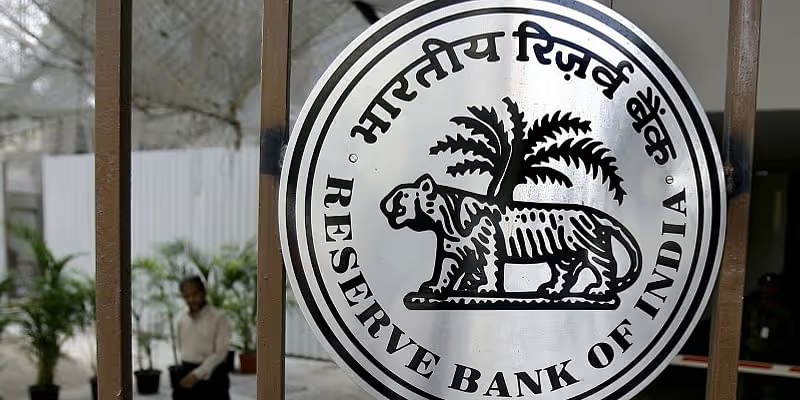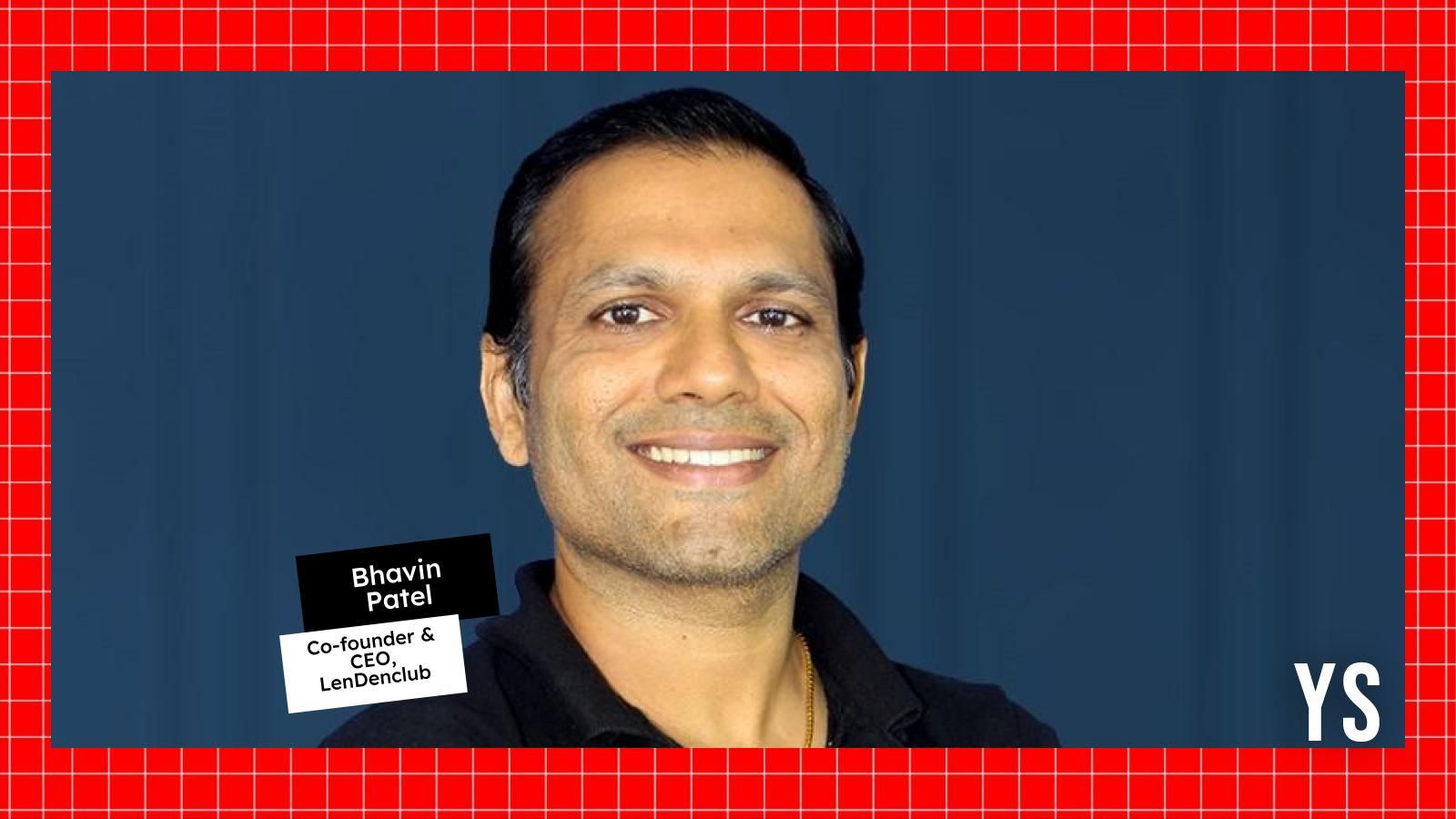In August, peer-to-peer (P2P) lending platforms faced an existential crisis.
The Reserve Bank of India (RBI) prohibited lender-to-lender transactions and mandated that fund transfers between participants occur solely through escrow accounts, effectively stopping loans offered through the secondary market. It also prohibited P2P lending firms from taking any credit risk, mandated settlement within one day of receiving funds, and imposed restrictions on cross-selling to loan-specific insurance products.
Many P2P non-banking financial companies (NBFCs), which were supposed to only act as intermediaries between individuals lending to others, got a slap on the wrist from the central bank for promoting P2P lending as investment products, assuring minimum returns.
As a result, several startups, including Lendbox, IndiaP2P, and 13Karat, halted withdrawals to comply with the norms and reconsider strategies. Lendbox partners like Uni Cards and Mobikwik also faced problems with withdrawals.
However, NBFC-P2P LenDenClub remains unfazed by the RBI’s recent revisions to P2P lending norms.
“Not for a single day did LenDenClub have to pause onboarding new customers, whether on the borrower side or the lender side. The platform continued to operate seamlessly, even on August 17th (when the RBI issued new directives) and remains active to this day,” CEO Bhavin Patel tells YourStory.
LenDenClub was founded in 2015 by Patel and Dipesh Karki, and is backed Venture Catalysts and Artha India Ventures. Cumulatively, it has disbursed loans worth Rs 14,594 crore from 23+ lakh lenders and became the first P2P platform to hit profitability in 2021.
While unfazed, LenDenClub wasn’t untouched by the central bank’s heavy hand. The Mumbai-based company is facing a Rs 1.99-crore penalty from the RBI for violations including routing payments through a ‘co-lending escrow account’, foregoing service fees, and disbursing loans without specific approvals of lenders.
Bhavin explains that these violations arose due to LenDenClub misinterpreting the rules, and will not challenge the penalty.
Manual lending
Despite the setback, Patel says LenDenClub has onboarded additional users to the platform.
“Because we are the only platform allowing manual lending to the customers, which was not an option [available] to any other platforms before the regulatory change,” he explains.

Manual lending is a mechanism through which a lender can look at a borrower’s credit profile and decide independently—after taking into account the interest rate and repayment timelines—whether to go ahead with the transaction.
This sits at the heart of the problem the RBI seeks to solve.
Earlier, some platforms did not disclose lenders any borrower details to assess their creditworthiness. Instead, they guaranteed returns of up to 12% by offsetting delinquencies through platform revenues and inaccurately marketing their products as investments. RBI has now required NBFC-P2Ps to make an explicit declaration clarifying that lenders shall bear the entire loss of principal or interest, or both, if any, lent to borrowers on the platforms.
LenDenClub now displays multiple warnings during the onboarding process and before the investment is made, ensuring that lenders fully understand the risks associated with P2P lending. It also clarifies that neither LenDenClub nor its parent InnoFin Solutions offer any credit guarantees or enhancements.
However, many P2P lending users were drawn to NBFC-P2Ps because of the higher returns compared to fixed deposits and to diversify their investment portfolio. So, will the new provisions make these products slightly less attractive? Bhavin thinks not.
“P2P platforms will be more attractive for the user in a much longer term because any instrument becomes better when there is more transparency,” Bhavin notes.
Regulation for good?
He also believes that new limitations are plugging gaps and will force the industry to get creative and launch innovative products.
“It possibly took this long for the regulators to address the issues because they may be thinking that the sector is not that big. But now that the regulator has addressed it, that’s a very clear signal that they are looking at this sector in the long term,” he proclaims.
The RBI has also directed P2P lenders to strictly follow the newly introduced T+1 interest and principal settlement mechanism. Under this, if a borrower repays any amount, it must go directly to the lender’s bank account after a maximum of 24 hours from receipt.
However, this amendment has led some P2P lending platforms to express concern that the RBI’s new fund flow requirements could disrupt investment flow, reduce compounding opportunities, and increase operational costs, potentially impacting the long-term viability of P2P platforms.
A potential problem with the settlement scheme, according to Bhavin, is the dissatisfaction arising from not being able to allow customers a longer period to claim chargebacks in case there is a dispute with the payment, even at the payment gateway level.
Nonetheless, LenDenClub built a T+1-compliant payment mechanism and implemented it within a week. However, it is also assessing the feasibility of the settlement scheme in terms of costs and customer experience.
The company has sent observations from the first 15 days under the new scheme to the RBI and will be waiting for another 45 days before it relays any concerns regarding it to the RBI.
However, Bhavin believes that these problems are only transitory and won’t cause any existential disruptions in the industry.
“This kind of situation was observed in the mutual fund industry many times in the last 20-25 years,” he notes, referring to the Association of Mutual Funds in 2015 reducing the upfront commission for agents which led some to fear that the agents would not be interested in bringing more customers and more investment to mutual funds.
“Believe me, one year down the line, we will probably be talking about why P2P lending has become attractive.”










